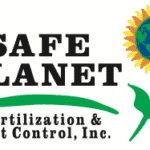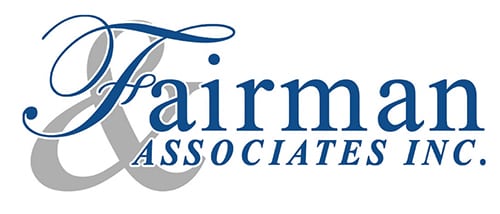It’s that time of year again when we begin to transition from our cooler months to longer days and warmer temperatures in South Florida. The first day of Spring is fast approaching, with summer soon to follow. What does this mean for our landscape plants and grass? What can you do to be prepared going forward?
Our landscape plants, grass, and trees go through a transition period, from South Florida’s cooler months to the warmer months of the year. The landscape begins to flush out and produce new foliage. New tender foliage, whether it’s the plants, grass, and/or trees, become a prime food source for a variety of pests. We should make the necessary adjustments to better protect our landscape going forward.
Part of this begins with the Daylight Savings time change. This is a good signal that you should develop a plan of action, going forward, to better protect your building’s landscape plants, grass, and trees. Set a meeting with your landscaper, irrigation company, and pest control companies and be proactive in your approach, as it will create better results if everyone is on the same page, going forward. Here are some of the ways to better protect and improve your landscape as summer arrives.
St. Augustine grass should be cut at 4 ½”, sharp blades every time your landscaper comes to cut. The irrigation should be adjusted according to the current weather pattern: If your St. Augustine grass begins to wilt, it is thirsty and needs more moisture. The irrigation clocks should be adjusted accordingly, usually on a weekly basis. (This is a tough one as I know a lot of wet checks are done once a month, but just think about it like your own home.)
You may have to adjust your sprinkler time clock based on the current weather pattern and the needs of your plants, grass, and trees. Have you ever seen sprinklers being run in the middle of a rainstorm? It’s because no one is paying attention to the weather.
Your pest control operator should know your property and what it needs going forward. If your budget allows, there should be a first-quarter fertilization, to have the nutrients available to the plants, grass, and trees.
The most common pest during this transition is fire ants, mounding up because of how dry it is. Ficus whitefly can also become an issue that should be addressed before you see any leaf drop from your plants. The soft-bodied scale on plants and trees can be an issue, as they love to feed on new tender succulent growth. Chinch bug in the grass is also an issue, as the temperature continues to rise. Nine out of ten times, chinch bug damage occurs with a water problem first. Usually, when I find chinch bug damage, there is also a problem with the irrigation: either a zone hasn’t been coming on or a head is clogged in that area.
This care about water irrigation, pest maintenance, and overall foliage care shows how all of your contractors should be working in harmony to better protect your landscape. It is always better to be proactive than reactive to better protect a building’s landscape investment.
About the Author


